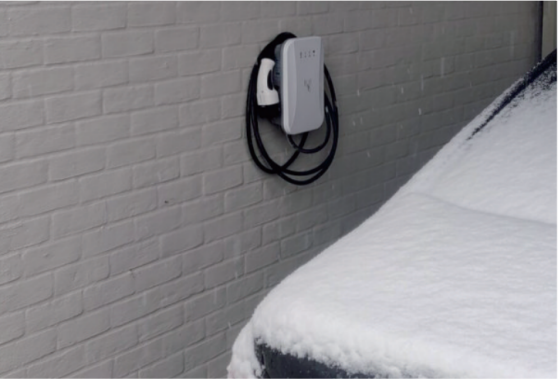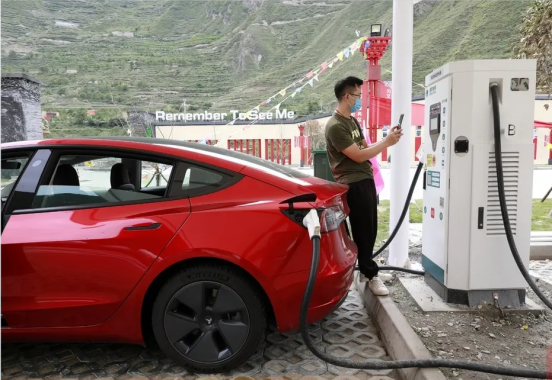As the world moves towards a more sustainable future, electric vehicles are becoming increasingly popular, more and more people will be buying electric vehicles (EVs) vehicles than traditional gasoline-powered vehicles in the near future. However, one of the biggest concern users worry about electric cars is how to keep their cars running if the battery power runs out while they’re driving. But with charging stations available in many places, this is no longer a concern.

What is EV Charging?
Compared with conventional gasoline-powered vehicles, EVs are powered by electricity. Just like a cell phone, EVs need to be charged in order to have enough power to continue to run. EV charging is the process of using EV charging equipment to deliver electricity to the car’s battery. An EV charging station taps into the electrical grid or solar energy to charge an EV. The technical term for EV charging stations is electric vehicle supply equipment (short for EVSE).
EV drivers can charge the EVs at home, a public place, or at a workplace by a charging station. The charging modes are more flexible than the way that fuel vehicles have to go to gas station to refuel.


How does EV charging work?
An EV charger pulls electric current from the grid and delivers it to the electric vehicle through a connector or plug. An electric vehicle stores that electricity in a large battery pack to power its electric motor.
To recharge an EV, an EV charger’s connector is plugged into the electric car inlet (equivalent to a traditional car’s gas tank) via a charging cable.
The electric vehicles can be charged by ac ev charging station and dc ev charging stations both, ac current will be converted to dc current by a on-board charger, then deliver the dc current to the car battery pack to store.


